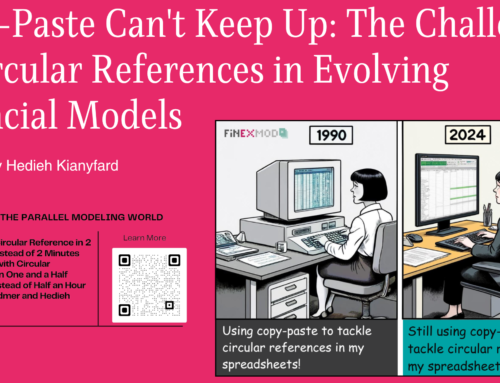I started my career as a financial modeler by building one-page models. This made sense at the time because I was doing financial, economic, stakeholder, and risk analysis based on a single model. I had one page for financial analysis with inputs, calculations, and outputs. Another sheet was dedicated to economic analysis, which was linked to the financial analysis but had its own set of inputs, calculations, and outputs. Then, there was a stakeholder analysis sheet, which highlighted the difference between economic and financial cash flows and telling the story of who is getting what and when, and finally, a risk analysis sheet.
When I started working with private equity funds, I switched to building modular models, focusing only on financial and risk analysis. My thinking at the time was that having a modular model, given the complexity of the project, would make the audit process easier. So, I had several calculation sheets for different components.
Recently, I have adopted something in between: I have two input sheets—one for constant inputs and one for time-based inputs. I also have a single calculation sheet containing all the calculation blocks that lead to the cash flow statement, P&L, and balance sheet. Then, there are a few output sheets (such as sensitivity analysis, financial statements, and a summary sheet), and in all models, I have some preliminary sheets (Q&A, Guide, Reference, etc.).
How do you structure your worksheets in your project finance models? At the end of the day, it’s just a matter of style.
Check out my Project Finance Spreadsheet Design Course
https://hedieh-s-school.thinkific.com/courses/Projectfinancespreadsheetdesign


